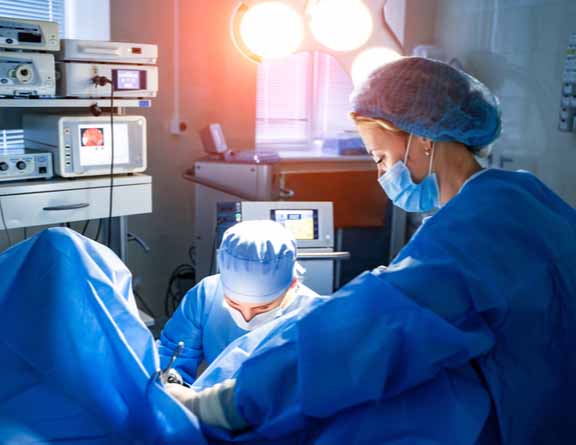Piles are also called hemorrhoids. These are a cluster of blood vessels, veins, muscles, elastic fibers, and inflamed tissues in the anal area. Regardless of age and sex, any individual can get affected by different types of piles like grade-1, 2, 3, and 4. Pregnant women can also develop piles as a result of excessive pressure in the lower body. However, more commonly, piles/hemorrhoids are noticed in people with poor diet [low fiber foods], unhygienic lifestyle, and unsanitary washroom habits.

Chronic constipation

Chronic diarrhoea

Lifting heavy weights

Obesity

Straining too much while bowel movement

Excessive Bleeding

Minimal Anal pain

Painful bowel movements

Swelling & Itching

Discomfort while sitting

Piles or haemorrhoids are diagnosed through a visual examination which is known as rectal digital exam. During the examination, the doctors insert a gloved lubricated finger inside the rectum to check the severity of the condition. During other times, piles is diagnosed with an anoscope, proctoscope and sigmoidoscope. These tests may help the doctor to evaluate the severity of the disease, and if there is any risk of colorectal cancer.
The surgical procedure to treat hemorrhoids is known as hemorrhoidectomy. The hemorrhoid is removed in this procedure either through open or laser surgery. The surgeon will numb the area with anesthesia and make an incision in the anal tissue around the hemorrhoid. The swollen vein inside the hemorrhoid is removed in the process and once done, the surgical site is sewn closed or left open to heal.

Your safety is taken care of by thermal screening, social distancing, sanitized clinics and hospital rooms, sterilized surgical equipment and mandatory PPE kits during surgery.

Our surgeons spend a lot of time with you to diagnose your condition. You are assisted in all pre-surgery medical diagnostics. We offer advanced laser and laparoscopic surgical treatment. Our procedures are USFDA approved.

A dedicated Medical Coordinator assists you throughout the surgery journey from insurance paperwork, to free commute from home to hospital & back and admission-discharge process at the hospital.

We offer free follow-up consultations and instructions including dietary tips as well as exercises to every patient to ensure they have a smooth recovery to their daily routines.